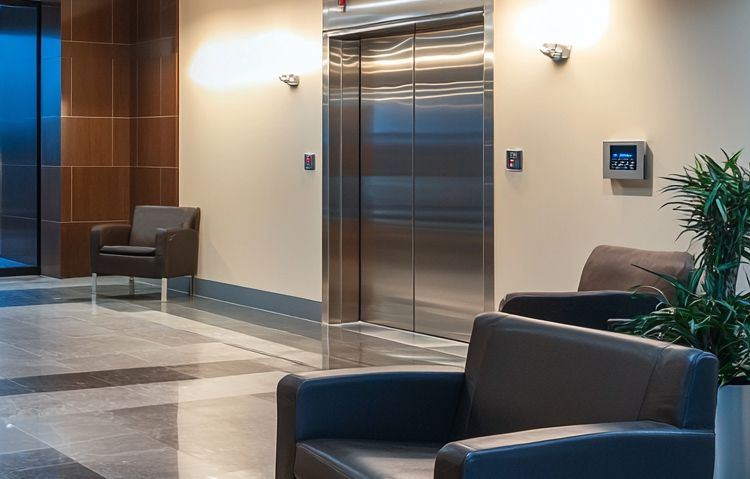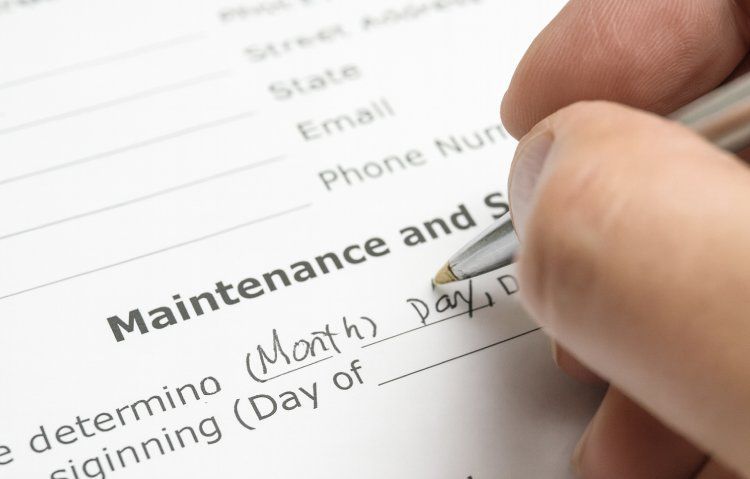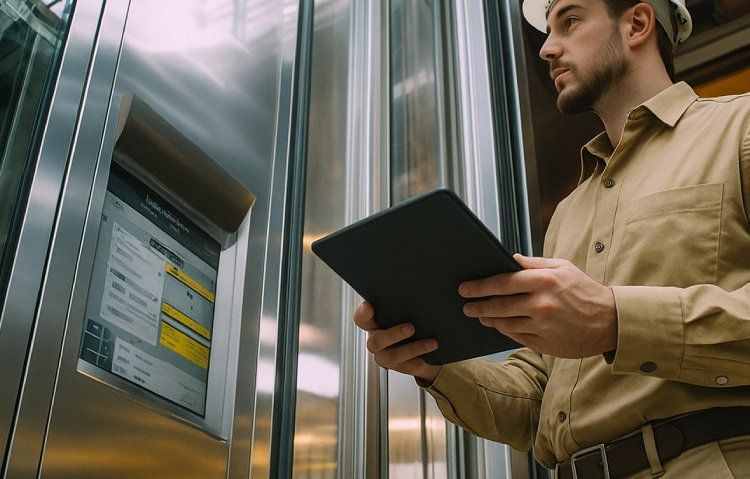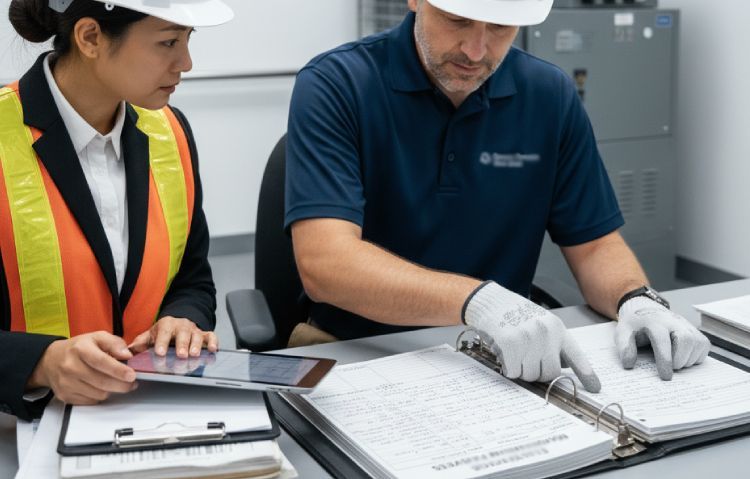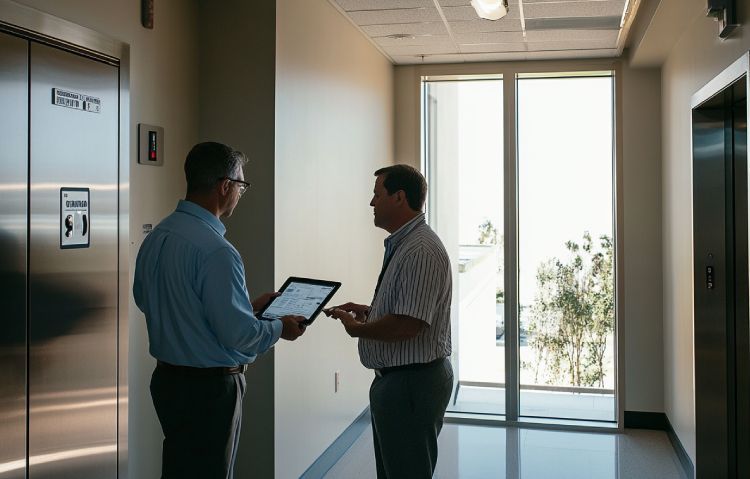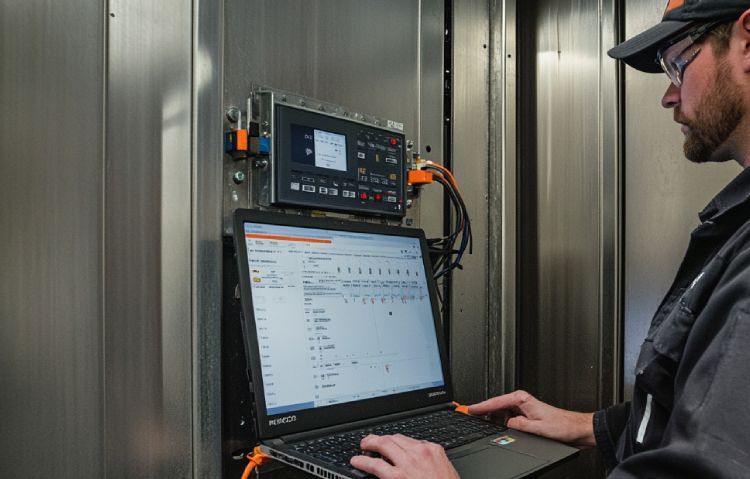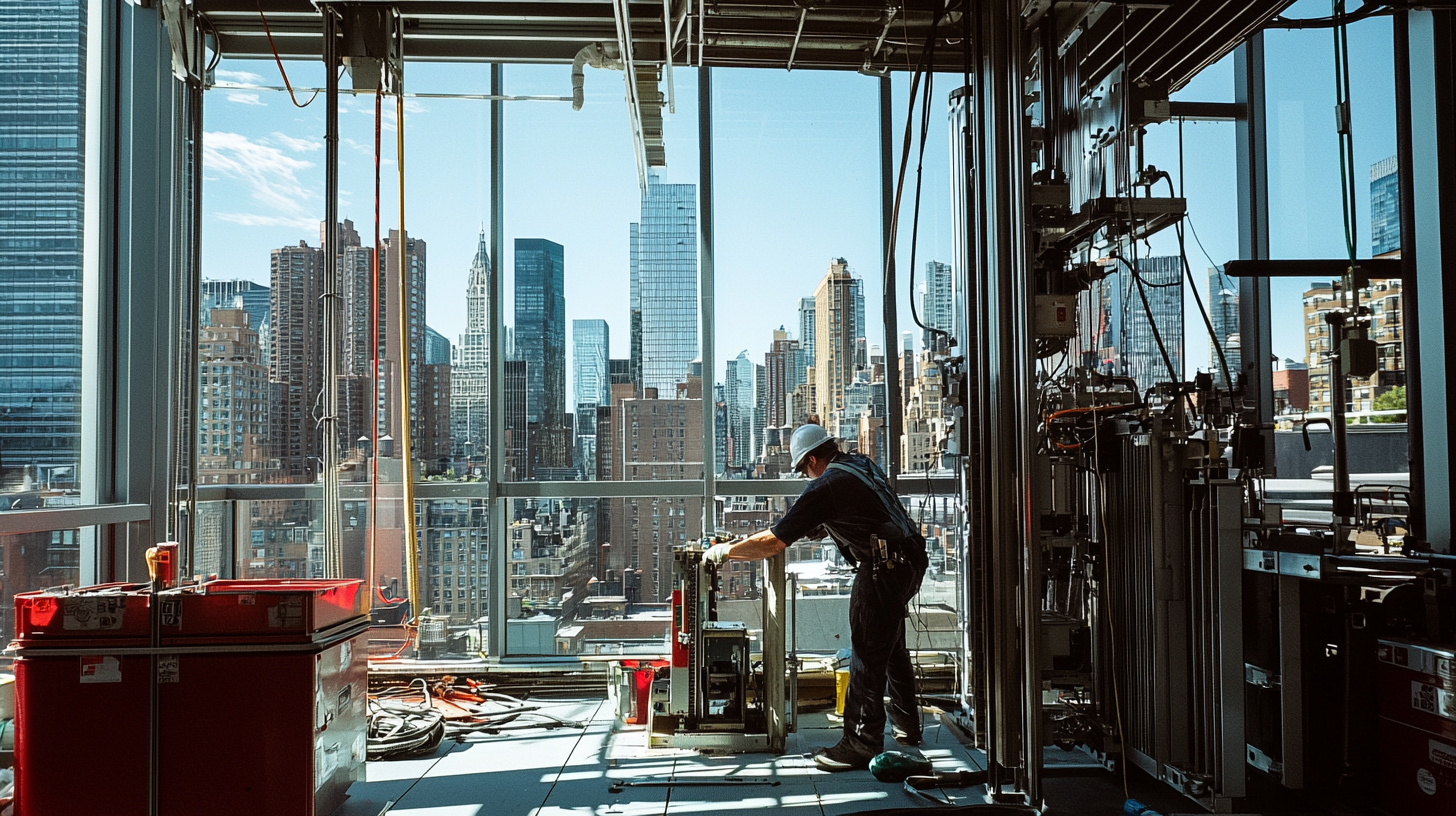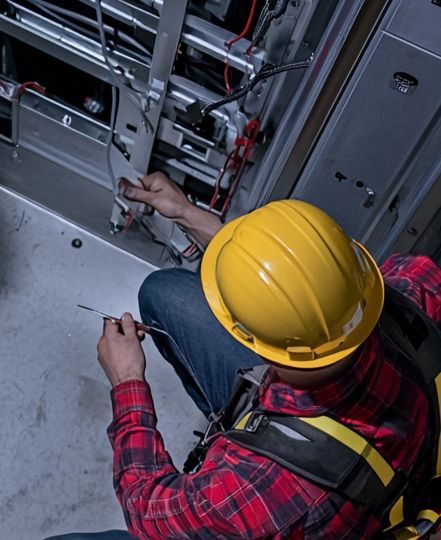Common Issues Found in Elevator Safety Audits
Understanding the Importance of Elevator Safety Inspections
Elevators are essential vertical transportation systems in commercial and residential buildings. Regular elevator safety audits ensure these complex machines operate reliably, minimize hazards, and comply with stringent building codes. When overlooked, seemingly minor issues can lead to serious safety violations, costly repairs, or worse—accidents.
An elevator safety audit is a meticulous examination of mechanical systems, control equipment, safety features, and compliance documentation. As experts in elevator inspection and modernization, we’ve identified the most frequent issues that surface during these evaluations.
Most Common Elevator Safety Audit Findings
Door Operation Failures and Sensor Malfunctions
One of the top recurring issues in safety audits is door malfunctions. Elevator doors are among the most utilized and stressed components. Faulty sensors, misaligned doors, or worn rollers can delay response times or cause abrupt closures—posing serious risk to passengers.
Typical Door Operation Issues:
- Misaligned door tracks causing jamming
- Obstructed or non-functional infrared door sensors
- Deteriorating door gibs and rollers
- Control board inconsistencies in door timing
Outdated Elevator Control Systems
Legacy control systems lack modern safety protocols and energy efficiency. Audits often reveal non-compliant software, analog controllers, and unsecured access points, which elevate the risk of unauthorized tampering or system failure.
Common Control System Red Flags:
- Inconsistent floor leveling due to lagging logic boards
- Non-compliant emergency recall programming
- Inoperative monitoring alarms or diagnostic tools
Wear and Tear on Hoistway and Cabling Components
Over time, the mechanical components that power your elevator endure significant stress—especially in high-traffic environments. Without regular monitoring, this gradual wear can compromise safety and lead to costly failures. Hoist ropes, pulleys, and sheaves are among the most critical elements, and their deterioration poses serious operational risks.
Key Signs of Mechanical Degradation:
- Frayed or worn hoist ropes, which may signal impending failure
- Misaligned counterweights, potentially affecting balance and ride quality
- Excess lubricant or metal filings in sheave grooves, indicating component abrasion
- Rust or corrosion on suspension elements, weakening structural integrity
Routine inspections of these high-stress parts are essential. Addressing wear early not only extends component lifespan but also prevents dangerous malfunctions and unplanned downtime.
Non-Compliance with Building and Elevator Codes
Elevator audits frequently expose deficiencies in code adherence. National Elevator Code (ASME A17.1) and local building ordinances mandate specific operational and safety standards.
Code Violations That Trigger Red Flags:
- Lack of proper machine room signage
- Inadequate lighting or ventilation in elevator pits
- Improperly rated fire-rated doors or emergency communication systems
- Missing or expired certificates of operation
ADA Accessibility Failures
Audits also assess compliance with the Americans with Disabilities Act (ADA), highlighting the importance of ADA elevator compliance upgrades. Missing tactile buttons, improper door timing, or inaudible floor announcements diminish accessibility.
ADA Non-Compliance Examples:
- Floor buttons lacking Braille
- Audible signals not functioning properly
- Door dwell time too short for mobility-impaired users
Elevator Pit and Machine Room Hazards
Neglected maintenance in these areas poses a hidden but significant safety risk. Accumulated debris, water ingress, or unprotected wiring in the pit or machine room are often cited in audit reports.
Critical Pit Area Deficiencies:
- Standing water causing electrical hazards
- Oil or grease build-up affecting braking systems
- Improper storage of tools or materials
Machine Room Violations
- Blocked access to disconnect switches
- Missing shunt-trip breakers
- Inadequate fire extinguisher coverage
Emergency Preparedness and Equipment Failures
In emergencies, reliable safety features are paramount. Elevator audits frequently identify lapses in emergency lighting, intercom systems, and backup power reliability.
Emergency System Deficiencies:
- Non-functional alarm bells or two-way communication
- Burned-out cab emergency lights
- Battery backup failures
- Outdated or missing evacuation procedures
Preventative Maintenance Gaps
Inconsistent or inadequate maintenance is a common red flag during elevator audits—reinforcing the value of routine elevator maintenance services. These oversights not only jeopardize safety and compliance but also inflate long-term repair expenses. Auditors often identify gaps such as erratic service intervals, missing documentation, or work performed by unqualified personnel.
Signs Your Maintenance Program Needs Attention:
- Uneven lubrication on key components, causing premature wear and tear
- Expired or missing inspection certificates, signaling lapses in oversight
- Recurring issues that prompt repeated service calls, often pointing to incomplete or ineffective repairs
Best Practices to Strengthen Preventative Maintenance
A structured and proactive maintenance plan reduces the likelihood of audit failures and extends the lifespan of your elevator system. Adopt these industry-recommended practices to stay ahead:
- Use a digital maintenance platform to record all service activities, inspections, and repairs as they occur in real time.
- Schedule monthly performance reviews to evaluate functionality and catch emerging issues early
- Use OEM-specified parts and lubricants to ensure compatibility and uphold manufacturer warranties
By closing maintenance gaps, you not only improve audit readiness but also foster safer, more reliable vertical transportation for your building.
How to Prepare for an Elevator Safety Audit
Proper preparation is key to passing an elevator safety audit with confidence. Taking the time to assess your system before the official inspection not only ensures compliance but also helps avoid unexpected repair costs or fines. Facility managers should team up with licensed elevator experts to catch and resolve potential issues before they become serious problems.
Proactive Steps to Get Audit-Ready:
- Schedule a pre-audit walkthrough with a certified technician to uncover issues before the official inspection.
- Review previous audit reports and confirm that all past violations or recommendations have been resolved.
- Ensure certifications and operating permits are current, clearly displayed, and accessible to inspectors.
Routine Safety Checks Worth Implementing
Staying compliant isn’t a one-time effort. Consistent maintenance and regular safety checks are key to keeping your elevator system running at its best. Build these checks into your routine to stay audit-ready year-round:
- Weekly: Test door sensors, cab lights, and emergency stop functions.
- Monthly: Inspect emergency communication systems for clarity and reliability.
- Quarterly: Test backup power systems and alarm functions to verify they activate during outages.
Consistent oversight and early detection of issues demonstrate your commitment to safety and significantly improve audit outcomes.
Why Addressing Audit Findings is Crucial
Fines from local authorities or elevator code enforcement
Ignoring audit findings can lead to hefty fines from regulatory bodies. Local building departments and elevator code enforcers are quick to penalize violations, especially when they compromise public safety. Staying compliant not only protects occupants but also shields your organization from financial penalties and legal scrutiny.
Increased liability in the event of passenger injury
Unresolved safety issues elevate your risk if an accident occurs. Should a passenger get injured due to a known hazard, liability falls directly on the property owner or manager. Addressing audit findings proactively reduces exposure to lawsuits and demonstrates a clear commitment to safety and due diligence.
Escalating repair or modernization costs
What starts as a minor code violation can quickly snowball into a major expense. Delaying corrective action often means more extensive—and costly—repairs down the road. Timely fixes not only extend the life of your elevator system but also prevent budget-draining overhauls later on.
Reputational damage and tenant dissatisfaction
Tenants and visitors expect safety, reliability, and compliance. Persistent elevator issues or code violations erode trust, damage your building’s reputation, and lead to increased complaints or even tenant turnover. Addressing audit findings promptly reflects professionalism and helps maintain a high standard of property management.
Frequently Asked Questions
What are the most frequent violations found during elevator audits?
Common issues include missing or outdated inspection certificates, malfunctioning emergency communication systems, and inadequate lighting in machine rooms or elevator pits. Auditors also often find violations related to worn hoist ropes, broken door sensors, and inaccessible control panels. These deficiencies not only compromise safety but also indicate poor maintenance practices that can lead to increased liability and costly fines.
How do expired operating permits impact audit outcomes?
Expired or missing operating permits are major red flags during safety audits. Inspectors view these lapses as signs of neglect, which can trigger penalties or even elevator shutdowns. Keeping permits current ensures legal compliance and demonstrates responsible property management. It’s a simple yet critical step to avoid complications during inspections and maintain continuous elevator operation without interruption.
Why is emergency communication frequently flagged in audits?
Emergency communication systems—such as in-cab phones or intercoms—are vital for passenger safety. If these devices are inoperative, lack proper signage, or fail to connect to a monitored line, auditors will mark them as serious violations. Routine testing and upkeep of these systems are crucial—not just for meeting code, but to make sure passengers can get the help they need when it matters most.
Can minor mechanical issues affect elevator audit results?
Yes, even minor issues like misaligned doors, frayed ropes, or excessive sheave lubrication can raise concerns. These mechanical flaws often point to larger maintenance gaps and potential safety risks. Auditors document such findings as indicators of system wear or improper servicing. Addressing them proactively improves safety, extends equipment life, and helps pass audits with fewer complications.
Take Action to Ensure Elevator Safety and Compliance
If your building’s elevator hasn’t undergone a recent audit, now is the time to schedule a safety audit with a certified expert. Staying ahead of safety issues keeps your elevators running smoothly, protects the people who rely on them, and reinforces your role as a responsible property manager.
Key Takeaways:
- Safety audits uncover mechanical, electrical, and compliance-related issues.
- Frequent problems include sensor failures, outdated controls, and code violations.
- Routine preventative maintenance reduces audit risk and long-term costs.
- Proactive inspection and preparation are key to passing safety audits.
Optimize Safety. Prevent Downtime. Stay Compliant.
Stay informed, stay proactive, and maintain full elevator code compliance. Connect with qualified professionals to assess, repair, and future-proof your elevator systems today.
Ready to work with Mountain Cross Consulting?
Let's connect! We’re here to help.
Send us a message and we’ll be in touch.
Or give us a call today at 224-500-0321


